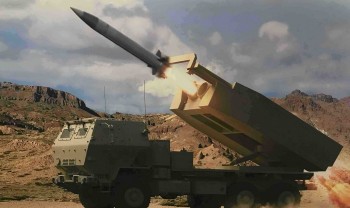How to Convert Inches to Millimeters: Best Three Ways to Change
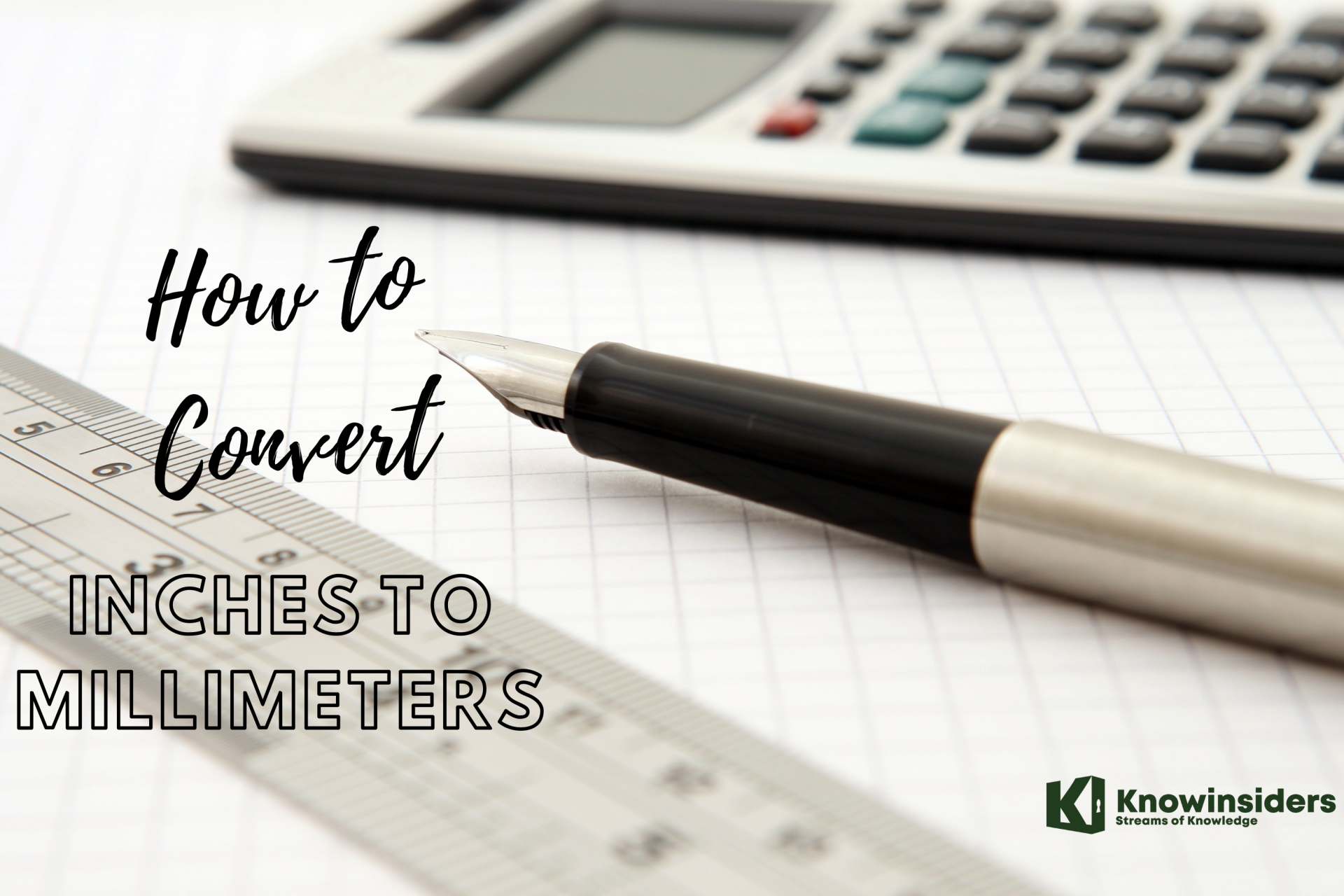 |
| Photo KnowInsiders |
What is an Inch?
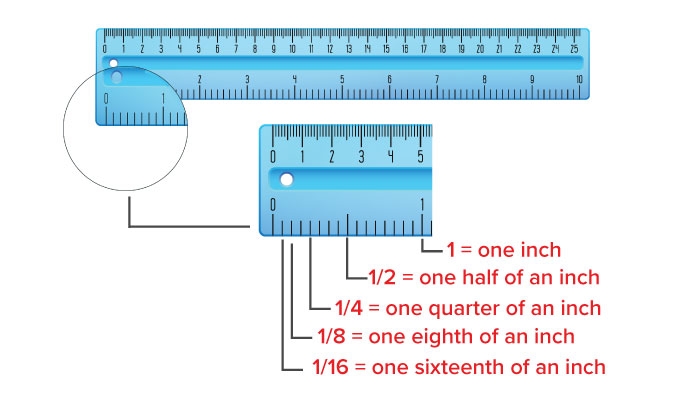 |
| Photo Inches converter |
An inch can be defined as a unit of in the of measurement.
Length in inches is either represented by in or ‘’. For instance, 5 inches can be written as 16 in or 16’’.
There are two half inches and four quarter inches in one whole inch.
| Today, there are two measurement systems - metric and non-metric. The latter includes inches, feet, and miles, and the metric includes millimeters, centimeters, meters, and kilometers. Non-metric measures are typically used in the United States and the countries of the British Commonwealth. Historically, it is much easier for Americans to measure various objects in inches than in meters. |
What is a Millimeter?
 |
| Photo Inches converter |
First of all, mm is the abbreviation for millimeter. A millimeter is a metric unit used to measure the length of a small object. Sometimes, ''millimeter'' will be spelled as ''millimetre.'' Both ways are correct and both mean the same thing.
Again, millimeters are used to measure small objects. Going back to the picture of the ruler, you may notice the longer lines with numbers underneath them. These numbers are actually marking centimeters. The smaller lines indicate millimeters.
| There are 10 millimeters in 1 centimeter. There are 1,000 millimeters in 1 meter (another metric unit of length for measuring larger objects, comparable to a yard). |
Measure 1: Using ruler
 |
| Photo Science Devices |
One ruler is 12 inches long or 1 foot. Many rulers list the inches on one side but also list centimeters and millimeters on the other side. If your original measurement is 12 inches or below, you can use one of these rulers to measure the same distance in millimeters.
Note that the millimeter marks on a ruler are all the small dashes in between the larger centimeter measurements. There should be 10 mm per 1 cm.
Measure 2: Multiply
Write down the inches measurement. To convert a measurement taken in inches, you need to begin the problem by writing down the original measurement.
This measurement will then be converted into millimeters by comparing it to the relationship between inches and millimeters.
Example: 7 inches
Multiply this measurement by 25.4. You need to multiply the current inches measurement by the ratio of millimeters to inches, or 25.4 mm / 1 in.
The inches value in this ratio needs to be placed in the denominator since it will have to cancel out the inches value in your original measurement. Once all the inches are canceled out, the millimeters will be the only remaining unit of measurement.
Example: 7 in * (25.4 mm / 1 in) = 177.8 mm * (in/in) = 177.8 mm
| One inch is internationally accepted as being equivalent to 25.4 millimeters. Written as an equation, this relationship is represented as: 1 in = 25.4 mm This official, standardized measurement has been set on international records since 1959. Both inches and millimeters are units of measurement. Inches belong to the English system of measurement, while millimeters belong to the metric system of measurement. While inches are used in the United States, you will often need to convert this unit of measurement to one belonging to the metric system (like millimeters) for scientific purposes. Conversely, there are 0.0393700787402 inches in one millimeter. |
Measure 3: Using converter
-Use a website to automatically convert the measurement. If you need to quickly find out the millimeter equivalent to a measurement in inches, you can do so by using an automatic conversions website.
-Go to the website and locate the conversion boxes.
-Type the numbers into their respective boxes and select the units you are trying to convert, if necessary.
-Hit the “Calculate” button or other corresponding button to be shown the answer.
| Websites that will calculate this conversion for you include: MetricConversions.Org (http://www.metric-conversions.org/length/inches-to-millimeters.htm) CheckYourMath.Com (http://www.checkyourmath.com/convert/length/inches_mm.php) Additionally, you can type the problem (i.e., 7 in = mm) directly into most major search engines, including Google and Bing, and the search engine should be able to convert the problem and return the answer to you on the results page. |
Inches to Millimeters Conversion Chart
1/64 in = 0.3969 mm
1/32 in = 0.7938 mm
1/16 in = 1.5875 mm
1/8 in = 3.1750 mm
1/4 in = 6.3500 mm
1/2 in = 12.7000 mm
3/4 in = 19.0500 mm
7/8 in = 22.2250 mm
15/16 in = 23.8125 mm
31/32 in = 24.6062 mm
63/64 in = 25.0031 mm
1 in = 25.4001 mm
1 1/8 in = 28.5750 mm
1 1/4 in = 31.7500 mm
1 3/8 in = 34.9250 mm
1 1/2 in = 38.1000 mm
1 5/8 in = 41.2750 mm
1 3/4 in = 44.4500 mm
2 in = 50.8000 mm
2 1/4 in = 57.1500 mm
2 1/2 in = 63.5000 mm
2 3/4 in = 69.8500 mm
3 in = 76.2000 mm
3 1/4 in = 82.5500 mm
3 1/2 in = 88.9000 mm
3 3/4 in = 95.2500 mm
4 in = 101.6000 mm
4 1/2 in = 114.3000 mm
5 = 127.0000 mm
5 1/2 in = 139.7000 mm
6 in = 152.4000 mm
8 in = 203.2000 mm
10 in = 254.0000 mm
 How to Convert Inches to Centimeters - Simple Steps How to Convert Inches to Centimeters - Simple Steps Converting units can be hard when you don't remember the formula. In this guide, we are going to show you how to convert inches to ... |
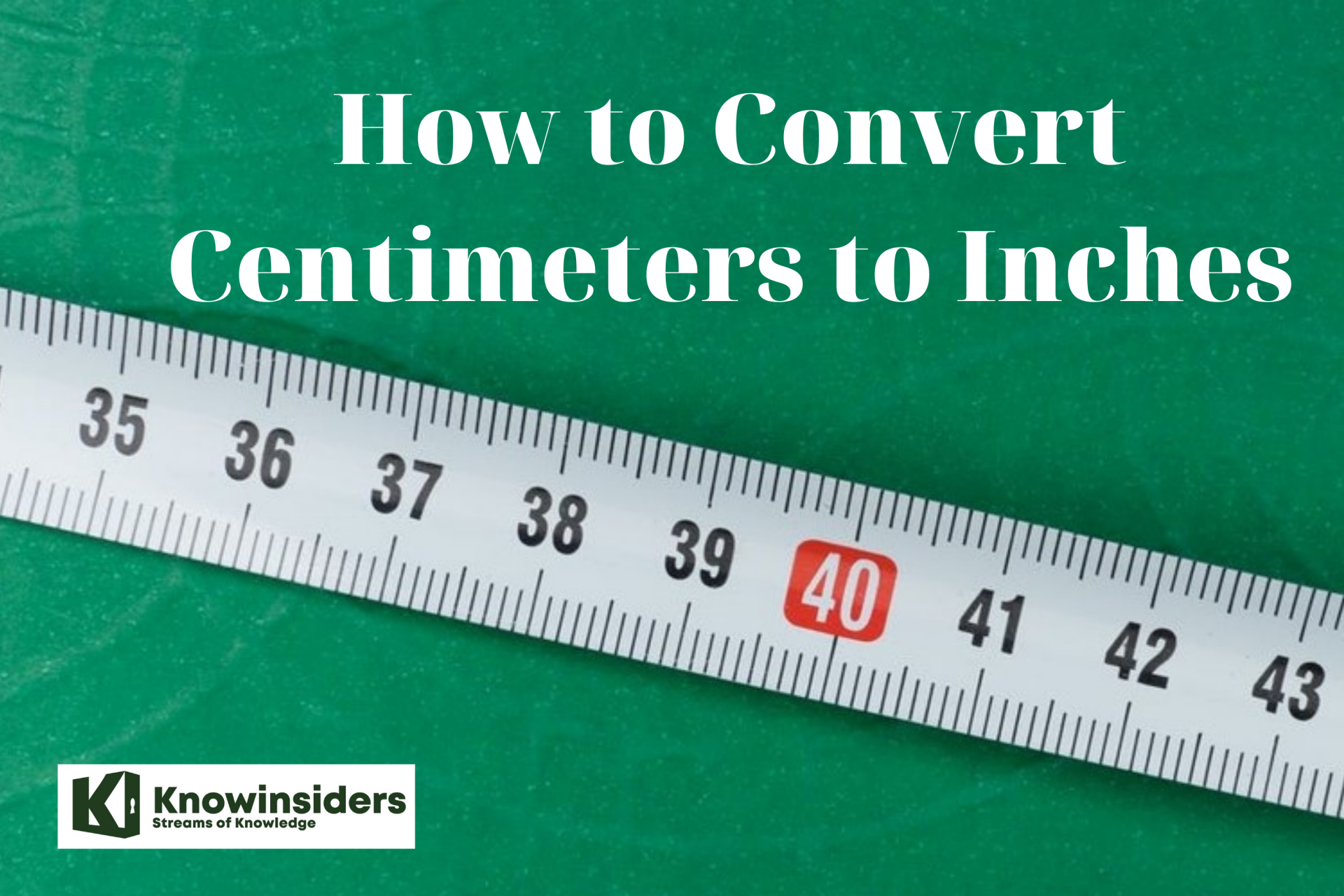 How to Convert Centimeters to Inches With Easy Steps How to Convert Centimeters to Inches With Easy Steps There are many tools helping you convert inches to centimeters on the web. However, the formula for the conversion is important for you to remember. ... |
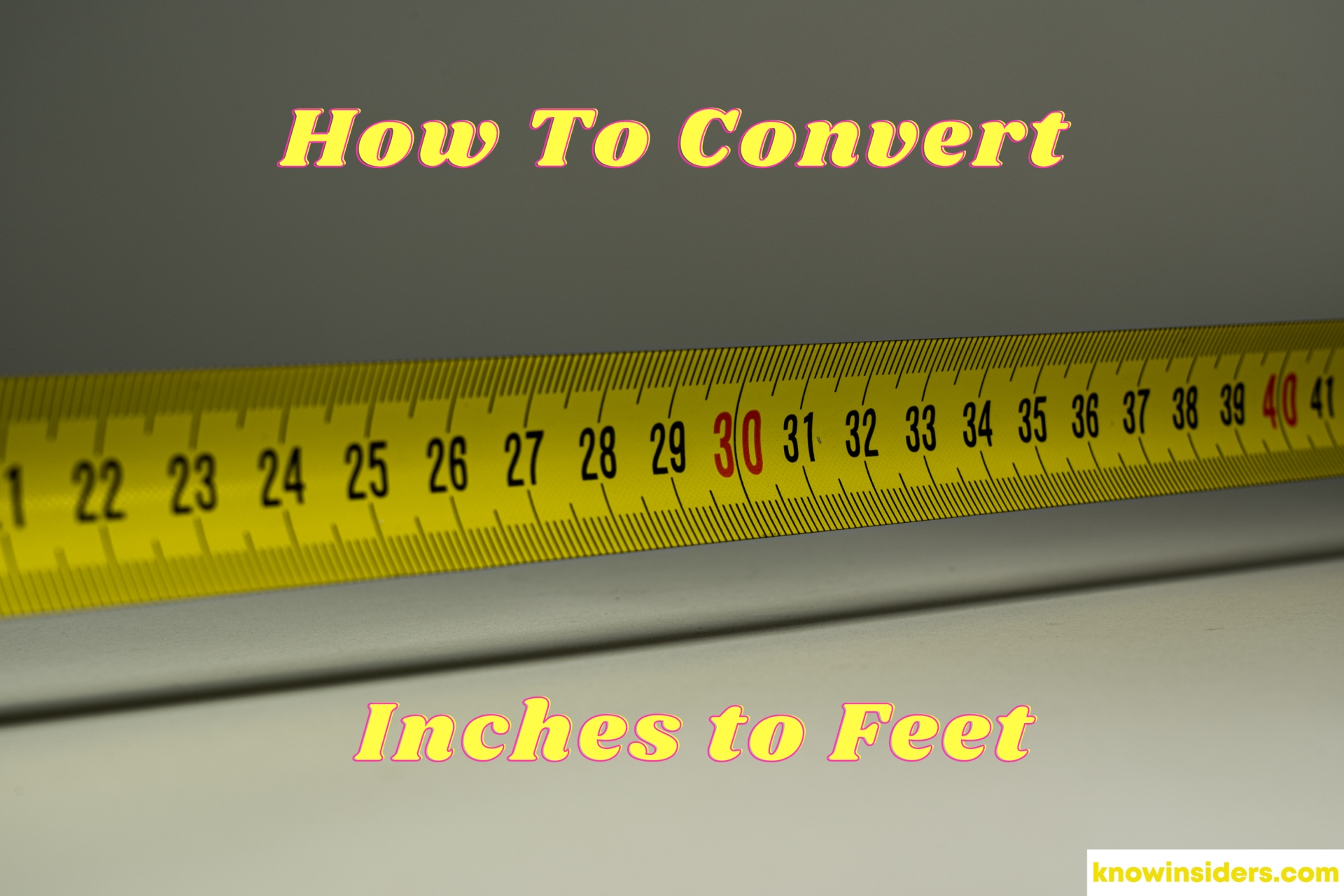 How to Convert Feet to Inches and Inches to Feet: Simple Ways to Change How to Convert Feet to Inches and Inches to Feet: Simple Ways to Change Simple ways to convert from feet to inches and vice versa. Check it out! |





















